Knitting, crocheting, felting, weaving, spinning, dyeing or embroidery, most of the things we make as creators are done alone, apart or outside of group environments. The reasons why are as many as the people who have said reasons and all are valid even if they seem superficial or completely bogus. Some people might live in remote areas and find it difficult to travel, other are busy with work or family commitments and can’t get away because of time restraints, or maybe restricted due to an internal feeling that social interactions are too much work for the rewards received from participation. Time, health, commitments and finances are huge factors and lets face it, who hasn’t thought about their upcoming craft meeting and thought to themselves “It’s to much energy, I’ll just stay home.” After wrangling all these elements and making it to the meeting, sitting down and getting the creative process going is a blessed moment, you wouldn’t it want stolen from you by say, ‘bullying tactics’ targeted at you from a fellow creator.
One of the main reasons I tend to avoid group crafting comes from the volatile nature of social dynamics and the universal truth, once you let other people into your environment you are giving up control of that space to others. It’s also true that just because those people your sharing creative space with are also makers, that doesn’t guarantee it’s going to remain a safe space for you to be in. Nasty people like to make things too, even Adolf Hitler had hobbies, and the bullies we hide from in life can also be hiding from us, right up until that moment the crosshairs land on you. And while one random bully can do a fair bit of damage in a group, a “Clique” is always devastating and almost impossible to eradicate.
“Clique”. noun. ˈklēk ˈklik. : a small group of people who spend time together and are not friendly to other people. A clique is usually a smaller group of people within a larger one, that are mostly composed of one type of person or personality type. The goal of a clique is to perpetuate enforced exile on group members outside the inner group. A type of bullying by social neglect and exclusion.
Social exclusion is as old as human history and as harmful to us as a mortal wound or disease, traditionally exile has meant death to those who are emburdened with it. In the modern world social out casting and isolation will still reduce the lifespan of our societies vulnerable, but how does this relate to it’s creatives? We should first ask Why Do We Create? If you where to ask 100 makers why they make things, you would likely get an audible riff on “Self Expression”, but fundamentally it’s more than that. When we create, we are making ourselves more, more than what we are now. When we create, we are growing, making ourselves more today, than we where yesterday. And although there are other ways to do this, creating/making is an empowering process, I Have Made This And No-one Can Take That Away From Me – that is Powerful. In a world where power is taken from us, by our Govenments, by our Bosses, by our Social Systems, Creating is a way for us to take back some power over ourselves.
This is where the social Clique can become devastating, because life can be relentlessly cruel on the fringes. We know our Governments are going to screw us, we know our bosses job is to screw us, we expect our systems to fail us when we need it the most, but what we don’t expect is to be blindsided by our peers who are as desperate for empowerment as we are. What the ‘Crafting Clique’ does to people is to exclude them from participation, information, inspiration and encouragement, and lets not forget, Sharing. When people become a wall to you, it can shake you to your very core. So when moments that should be empowering, become moments of self doubt, how should we react?
The first thing we should do is acknowledge that it is something that is outside of us, something that is over there, and leave it over there. Exile is never about the Exiled, but the Exiler. The problem isn’t you, it’s the Clique, and the nature of a Clique is that it sucks the life blood out of the group and poisons it from the inside. So embrace your exile from this unhealthy group, they have done you a favour by excluding you. For the more people who walk away from the Clique, means there is a small group out there who are your people, and your exile is your opportunity to find them. So turn it around on them, they didn’t exclude you, you excluded them, they are not your people, your people are still waiting to be found.
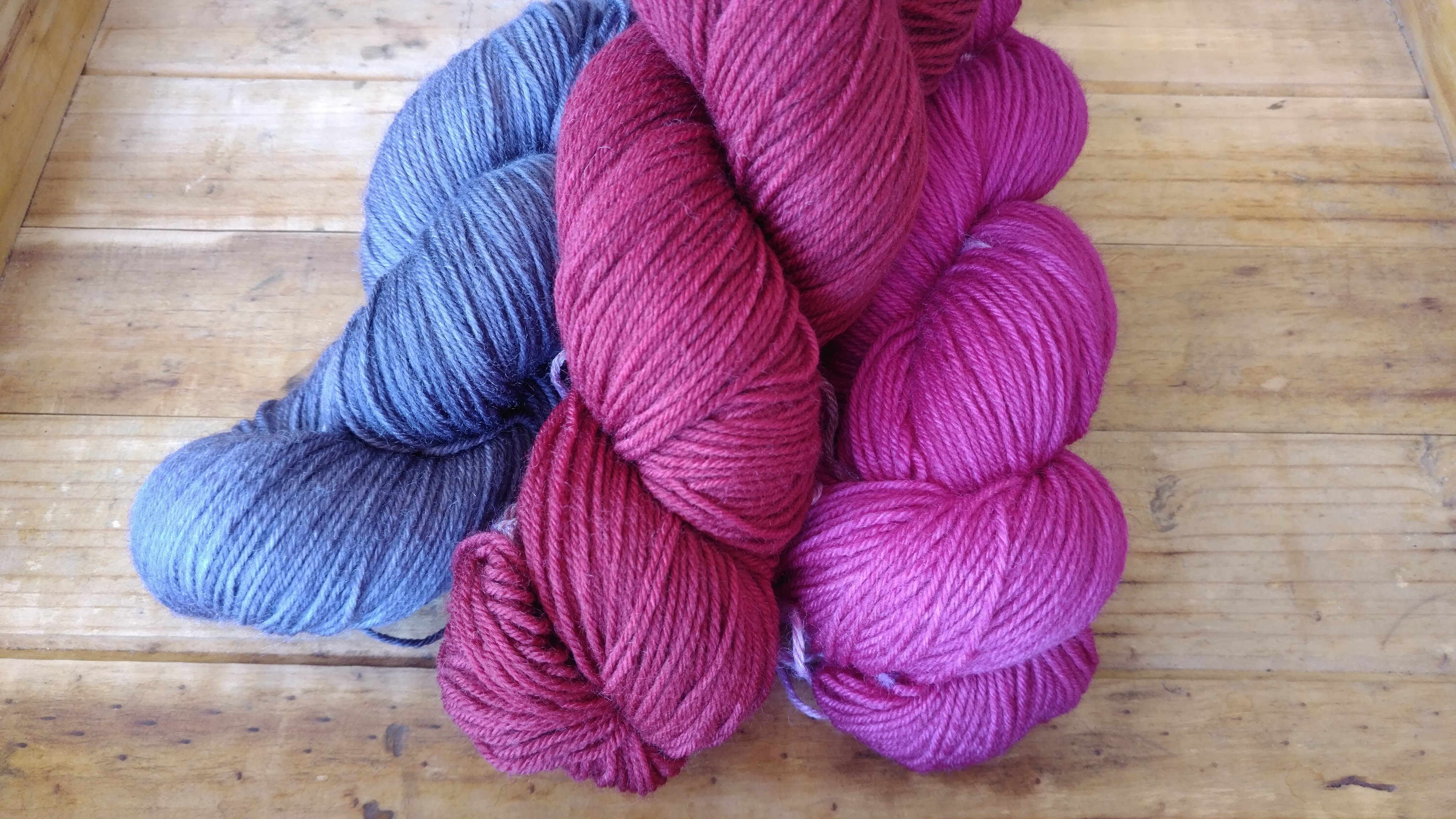





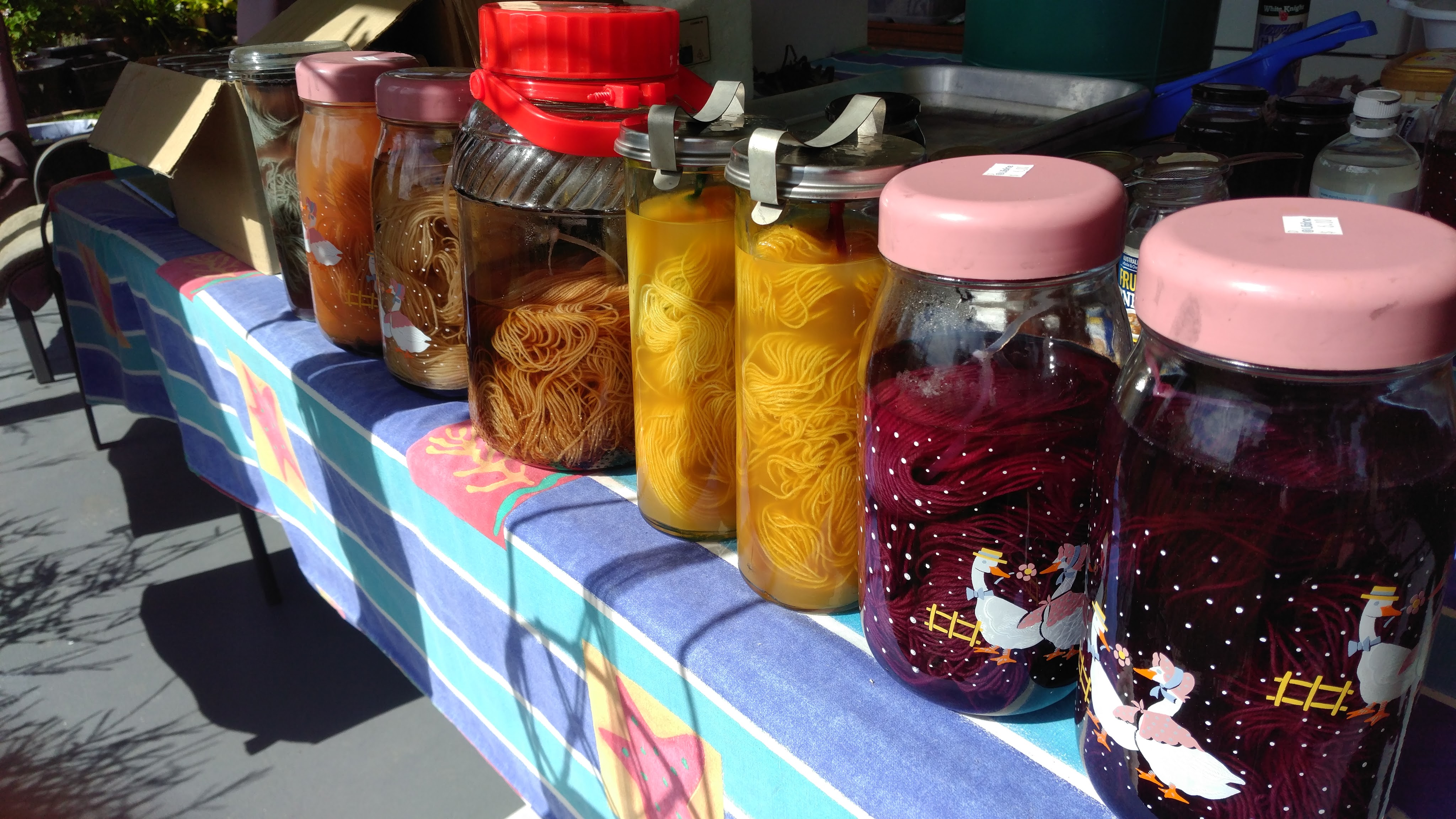



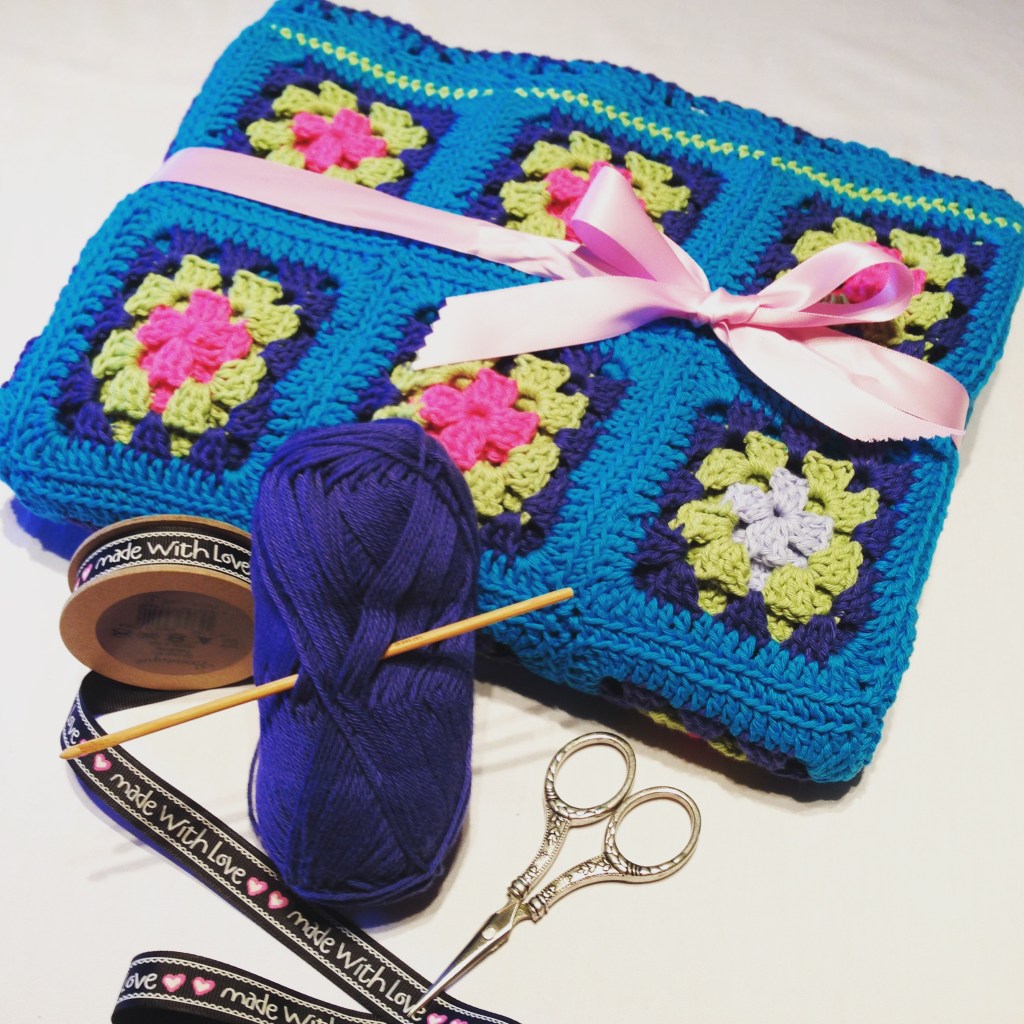
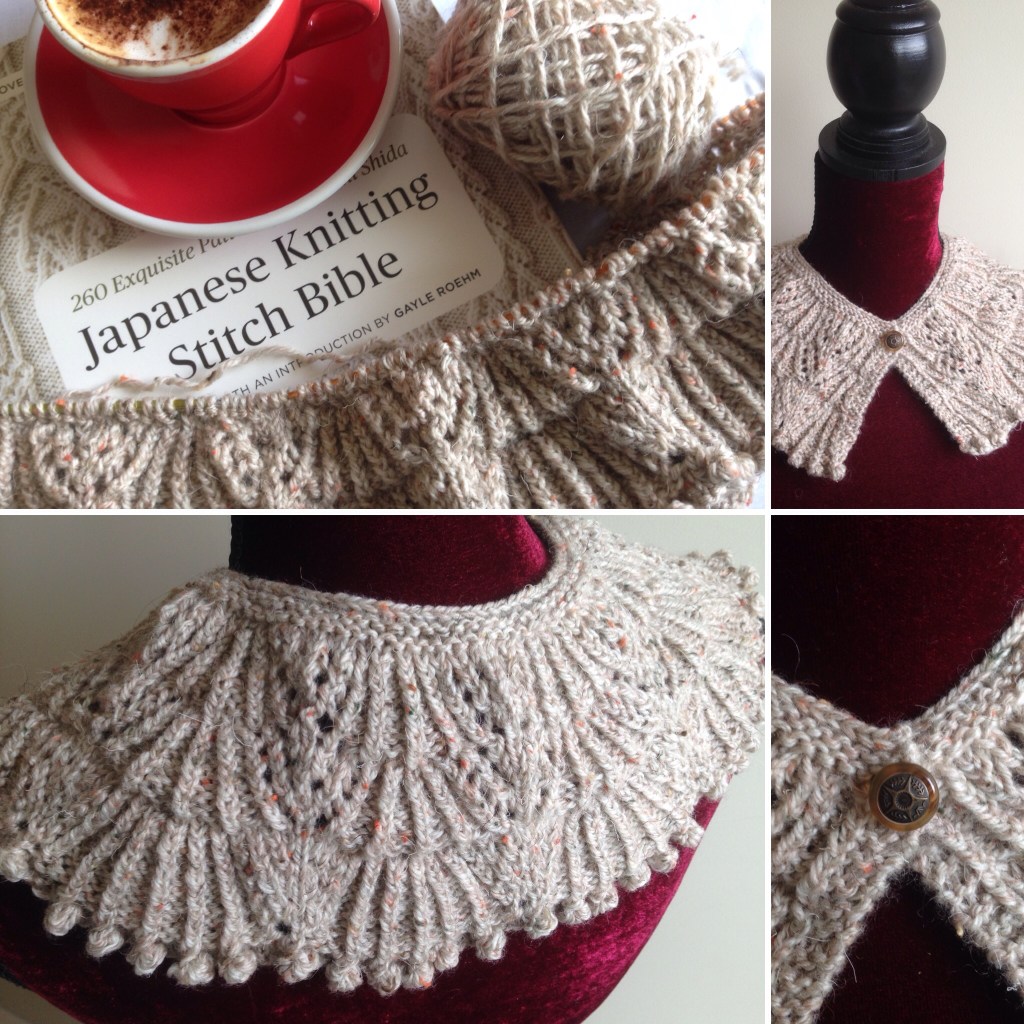


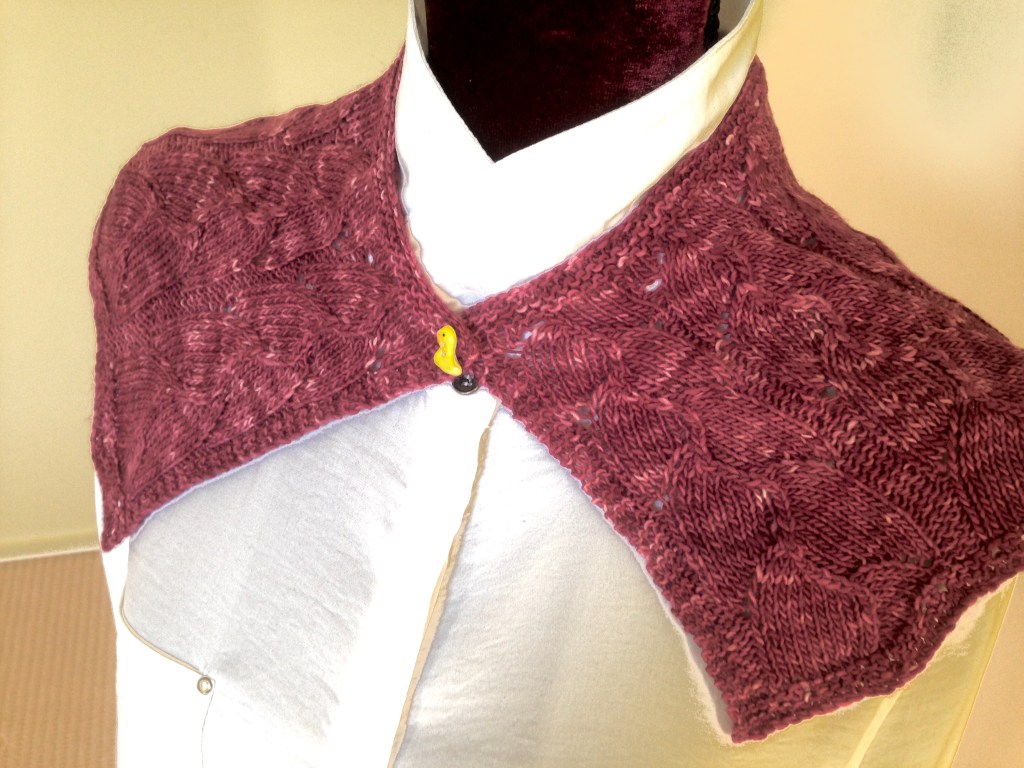
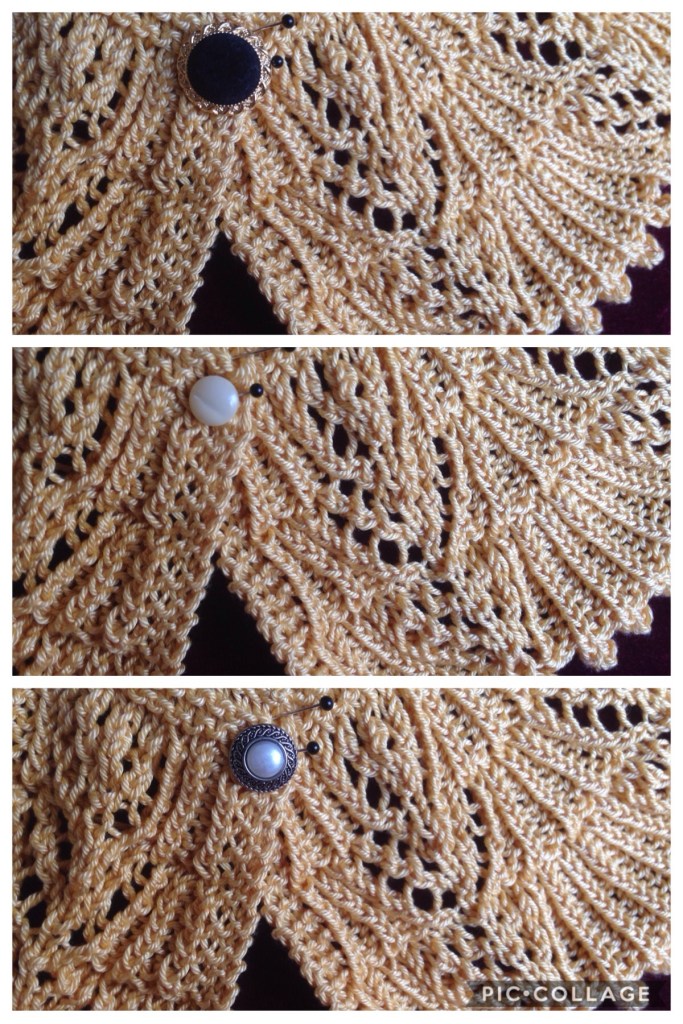

You must be logged in to post a comment.